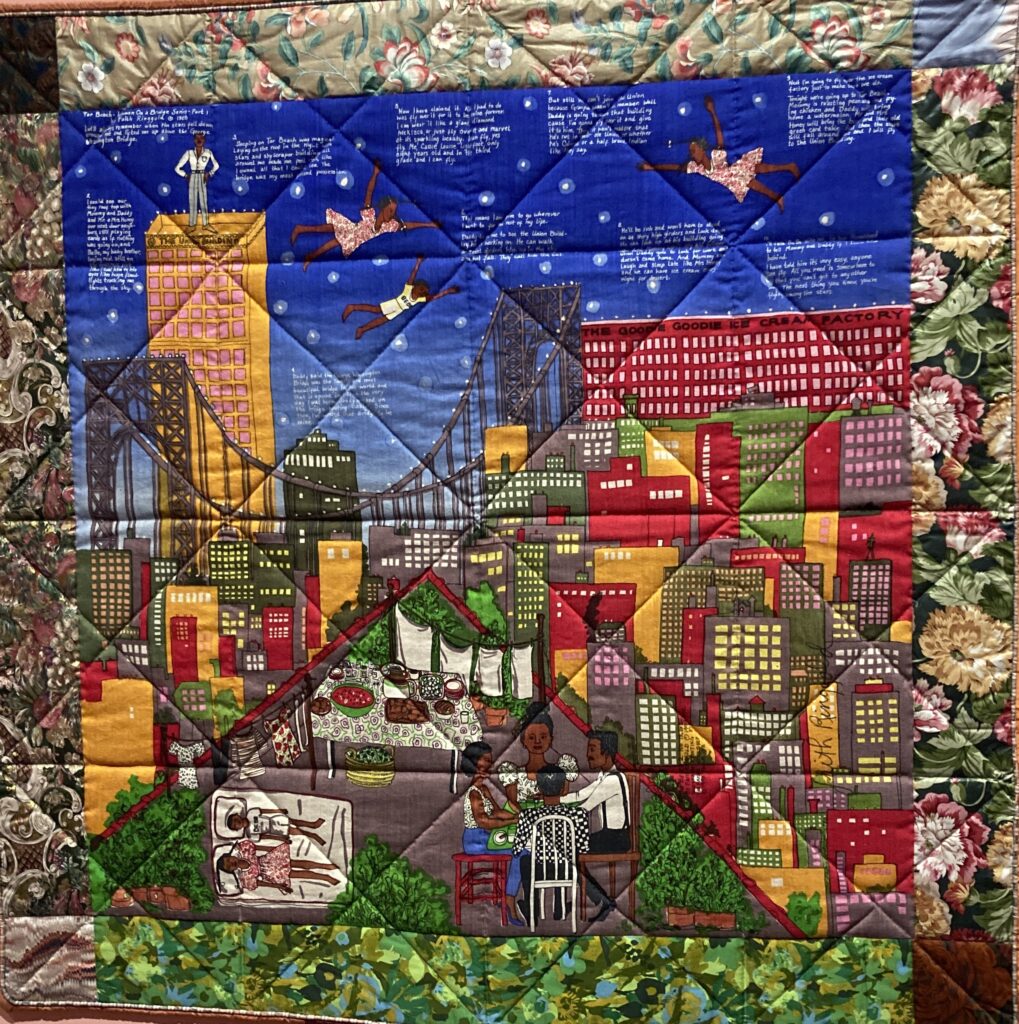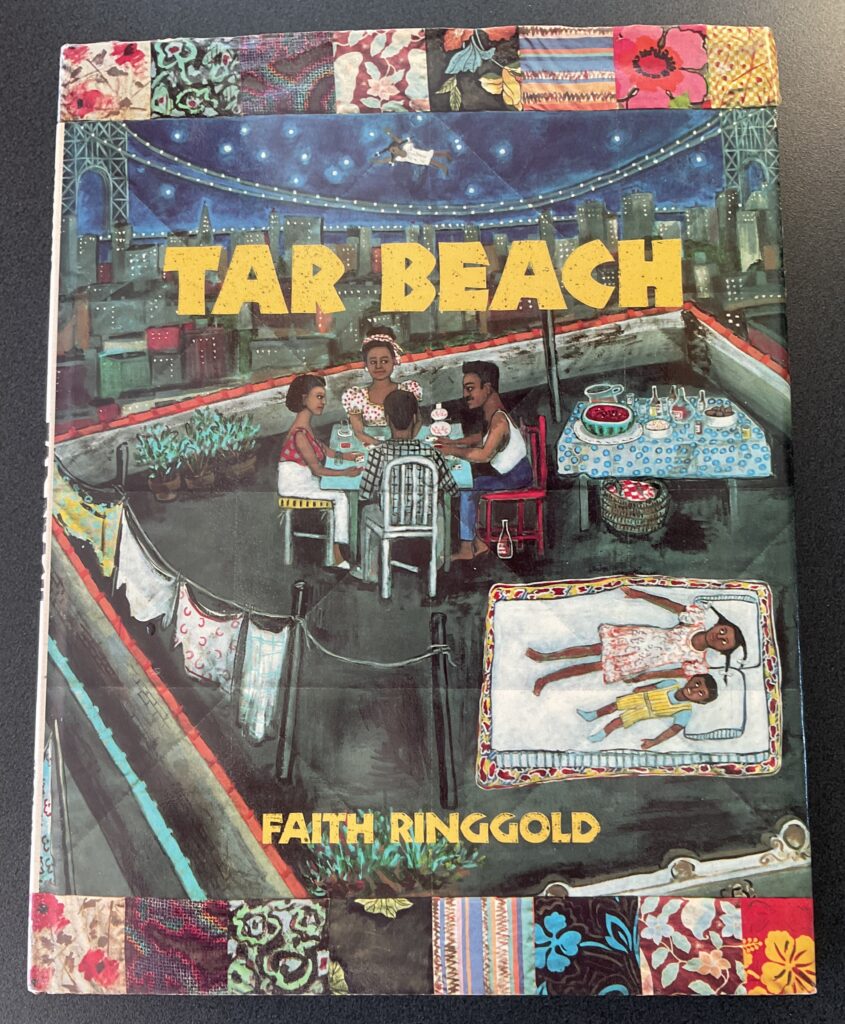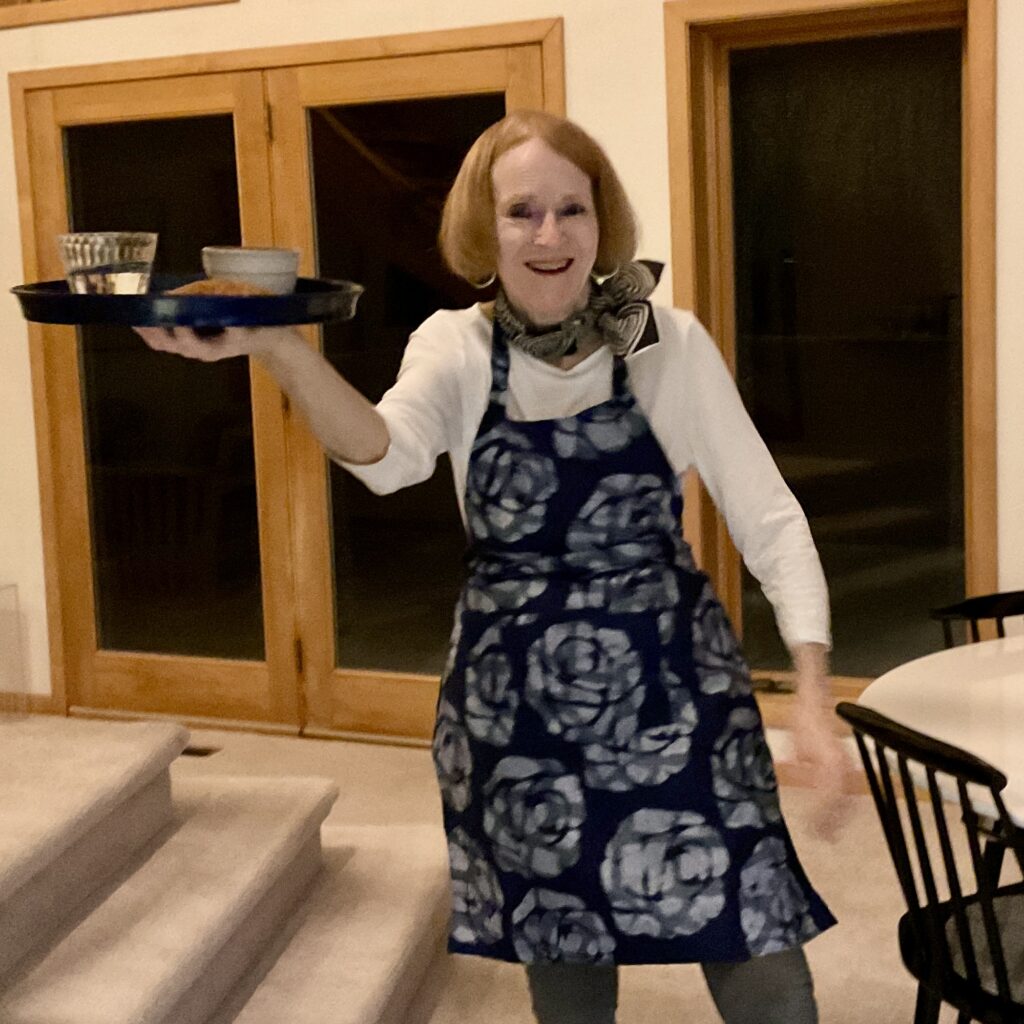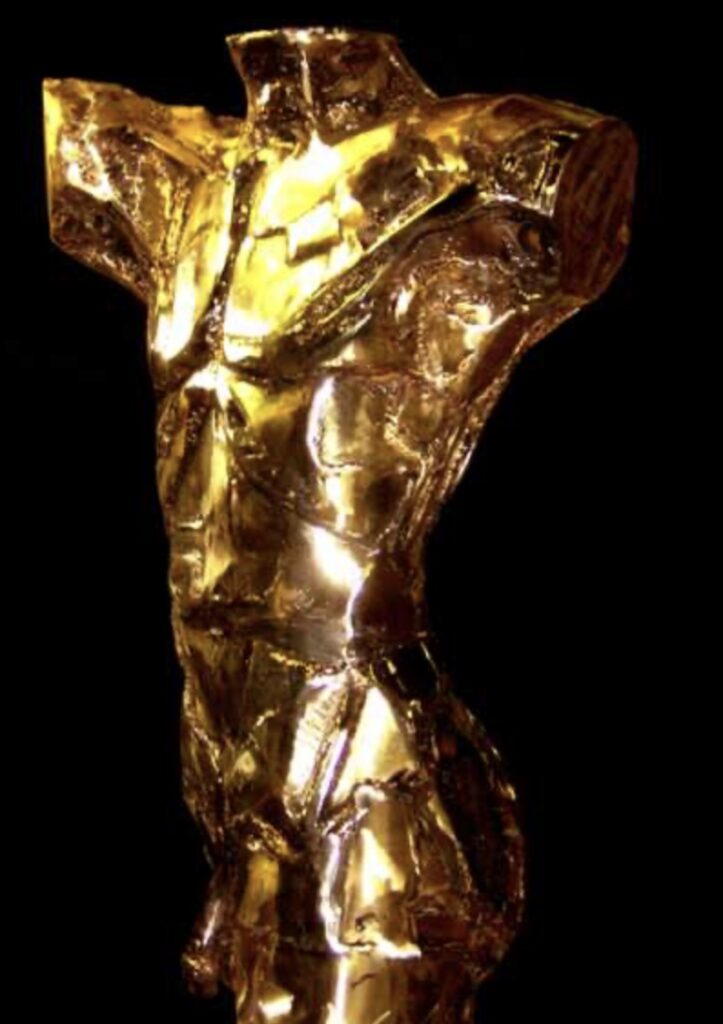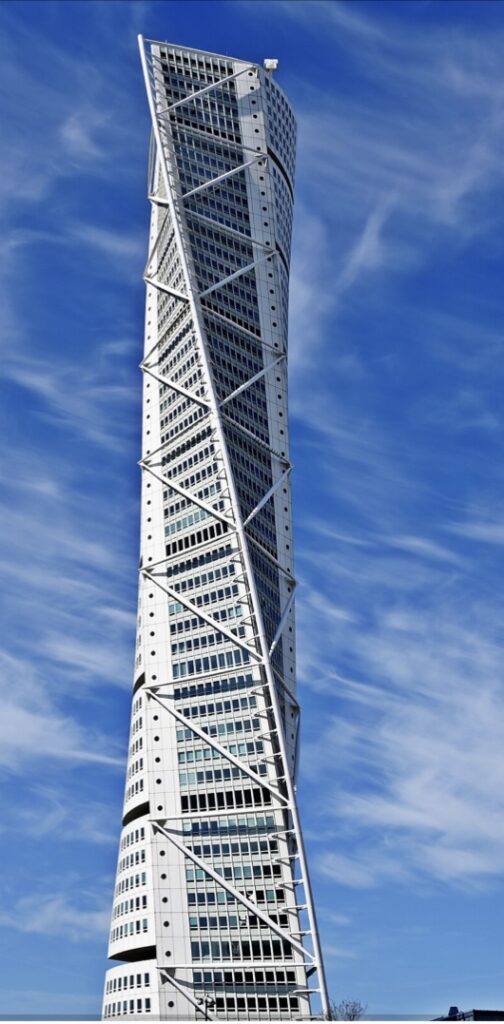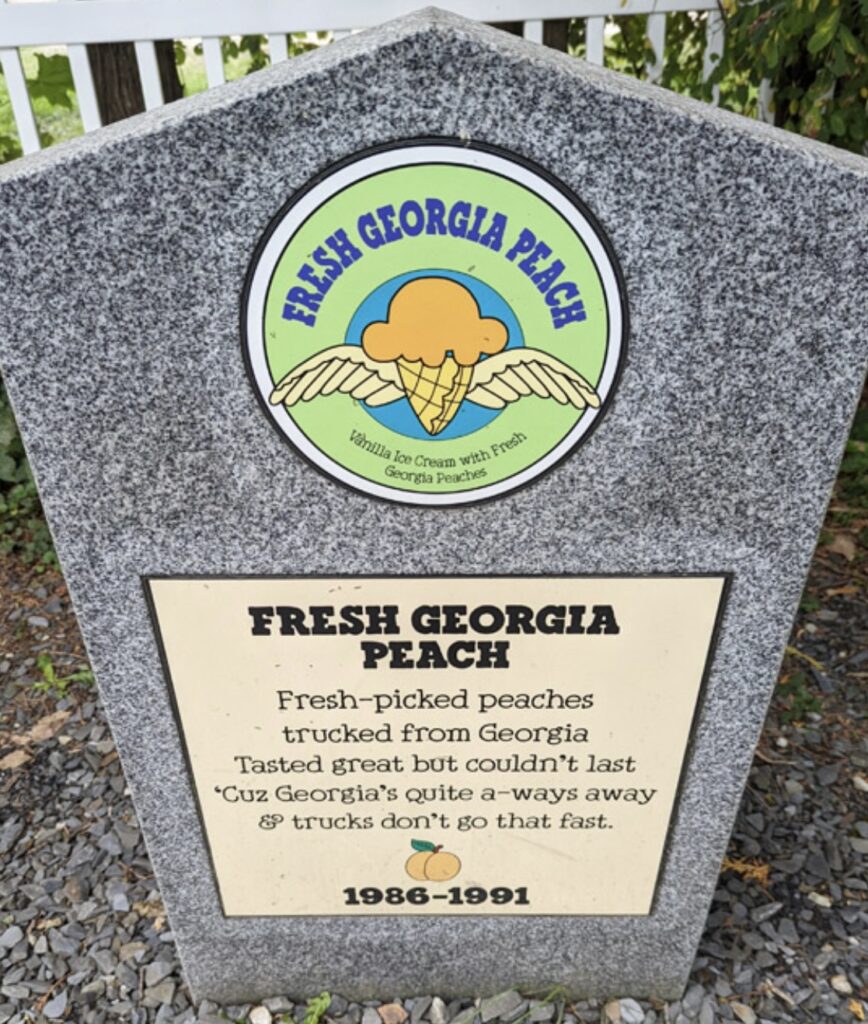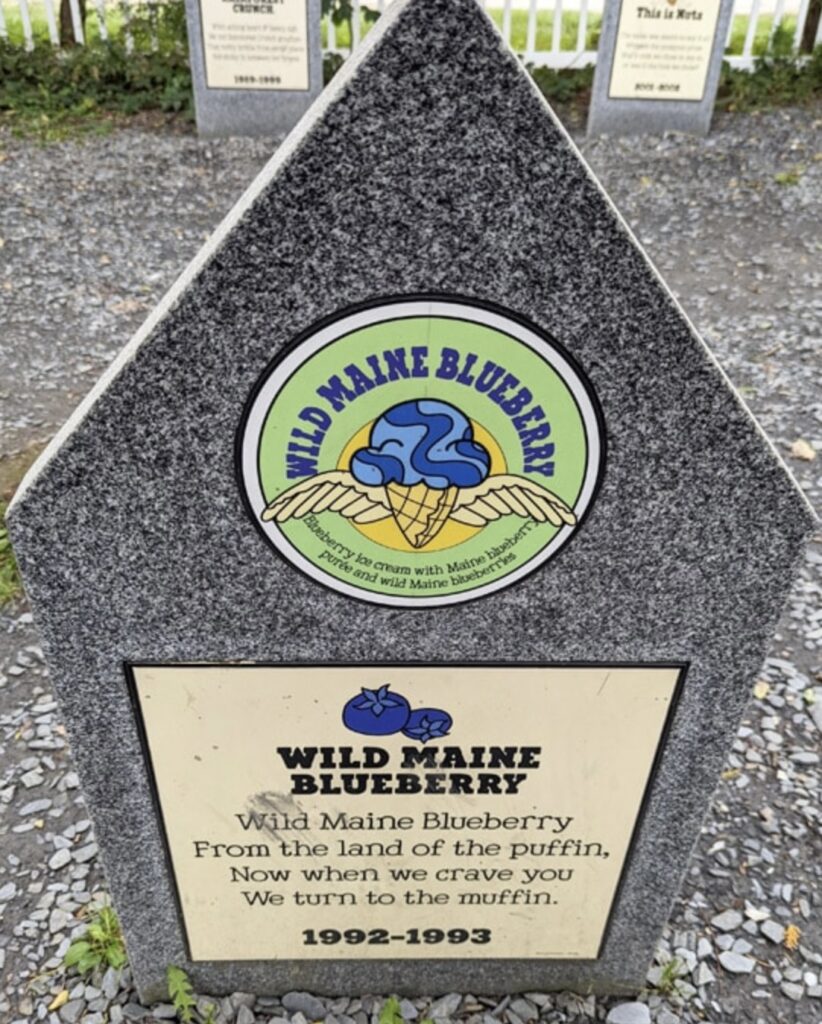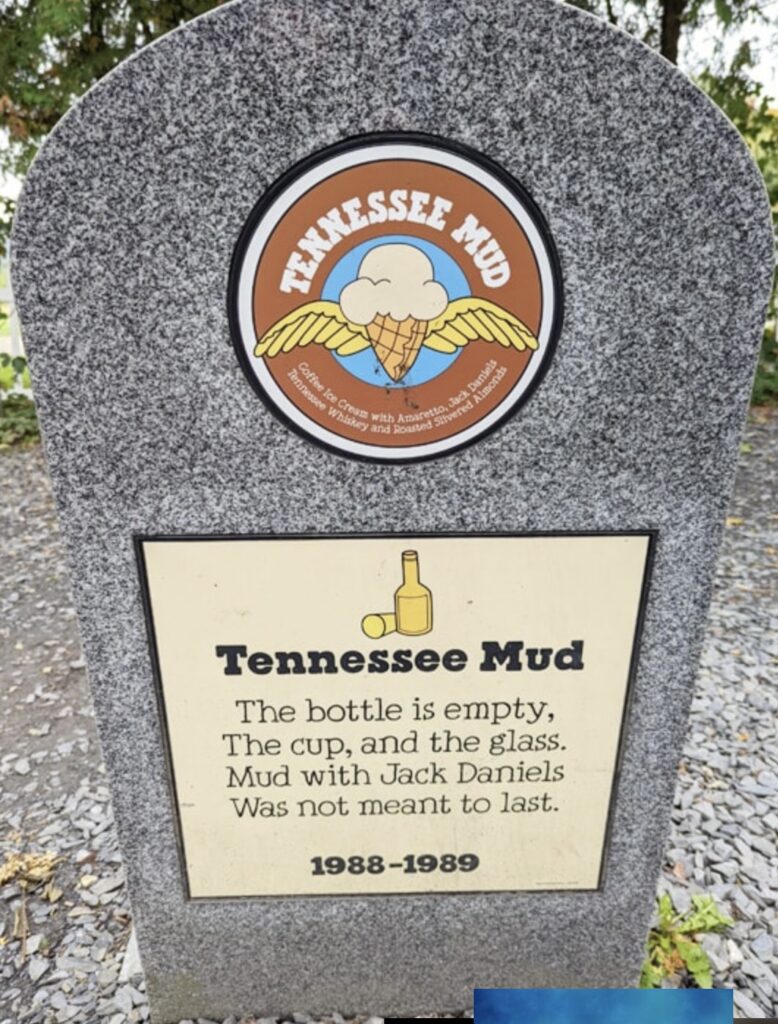In case you missed this item in the news, some lucky fish now have their own doorbell. Since a doorbell is hard to ring with fins, the fish get assistance from nature loving humans.
The underwater action is in the canals of Utrecht in the Netherlands. Far fewer boats pass through that city’s canals in spring than in summer. As a result, a lock gate on the west side of the city is often closed. Fish gather around the gate waiting to swim upstream for their once-in-a-lifetime chance to spawn.
In 2020, ecologists Anne Nijs and Mark van Heukelum viewed these frustrated, sex-driven fish congregating around the closed dam. They also noted that birds like grebes and cormorants were scooping up lots of those queued up fish for their lunch entrees.
The scientists hatched an ingenious plan to help the fish reach their spawning grounds. They installed an underwater camera at the site. Viewers watching the live stream can push a virtual doorbell which alerts a worker to crank open the barrier.
The call for volunteer fish watchers to the doorbell (De Visdeurbel) was phenomenal. The live feed can accommodate 950 viewers at a time, but over a million citizen scientists wanted to ring the bell. The overflow crowd is directed to a YouTube stream, sans doorbell, and a Fish Doorbell news report. To say the fish have a whale of a fan club is an understatement. Their website has been viewed 8.2 million times.
In this surreal age when many people don’t believe science is real, it is encouraging that so many others are rushing to the aid of pikes, eels, catfish and numerous other species.


